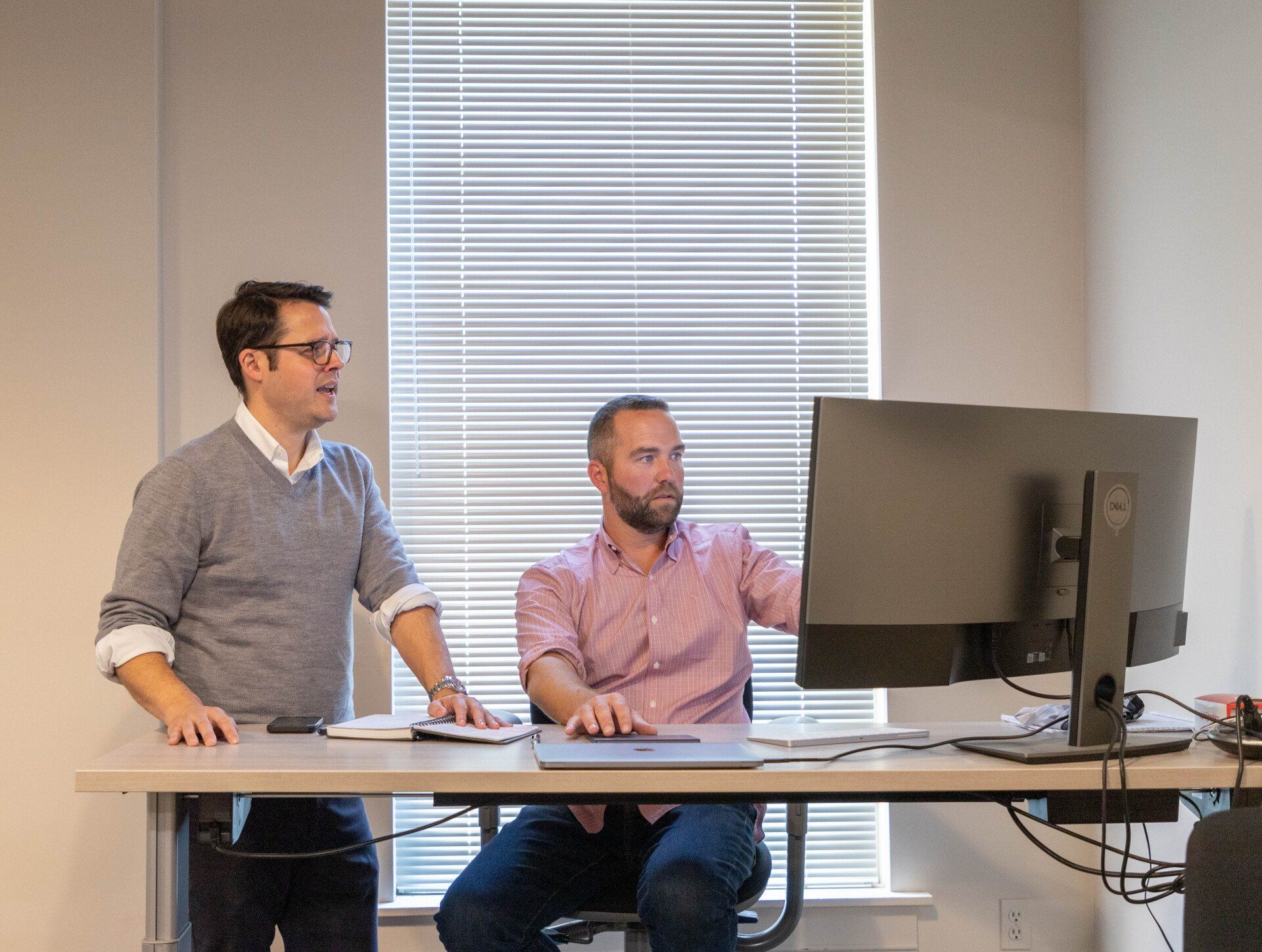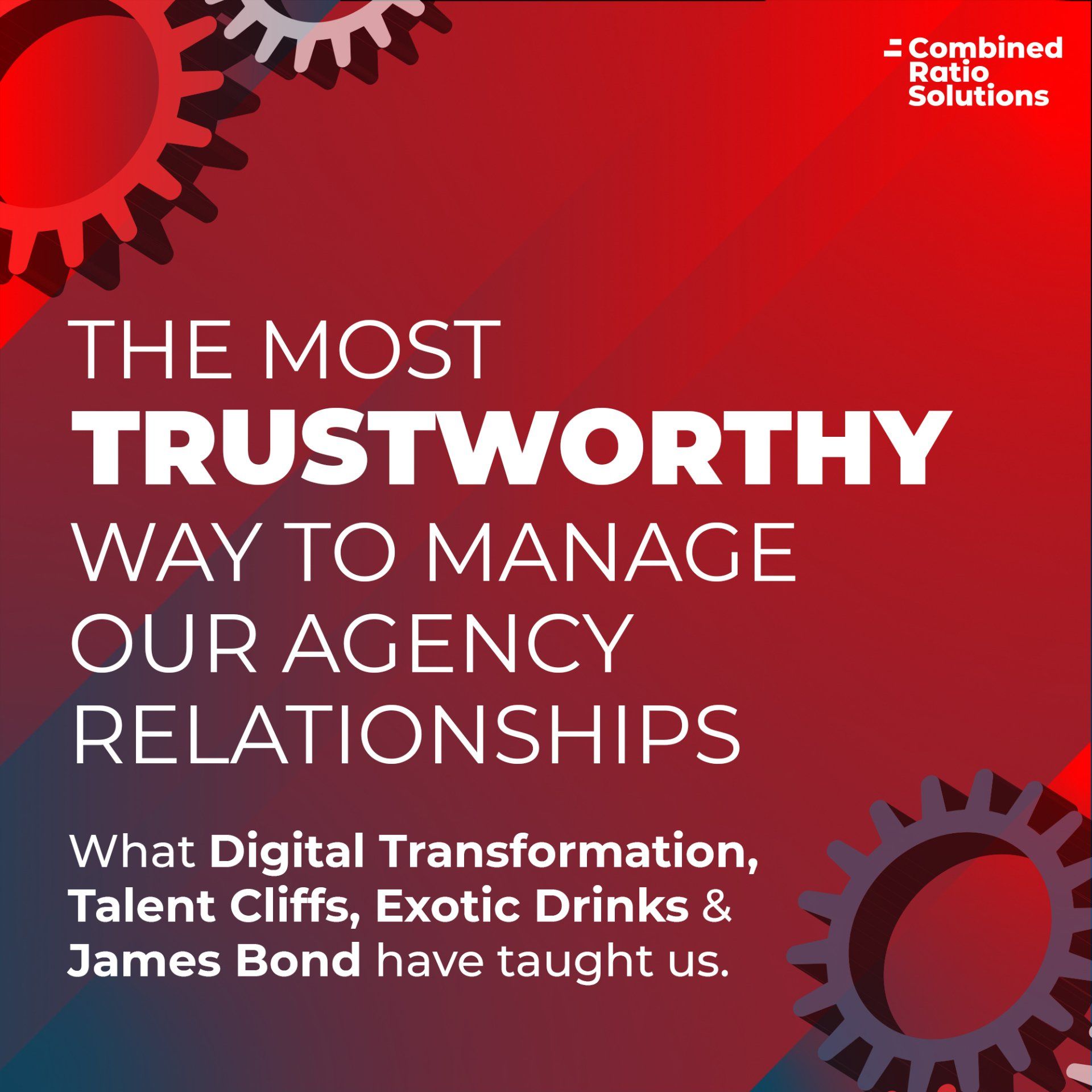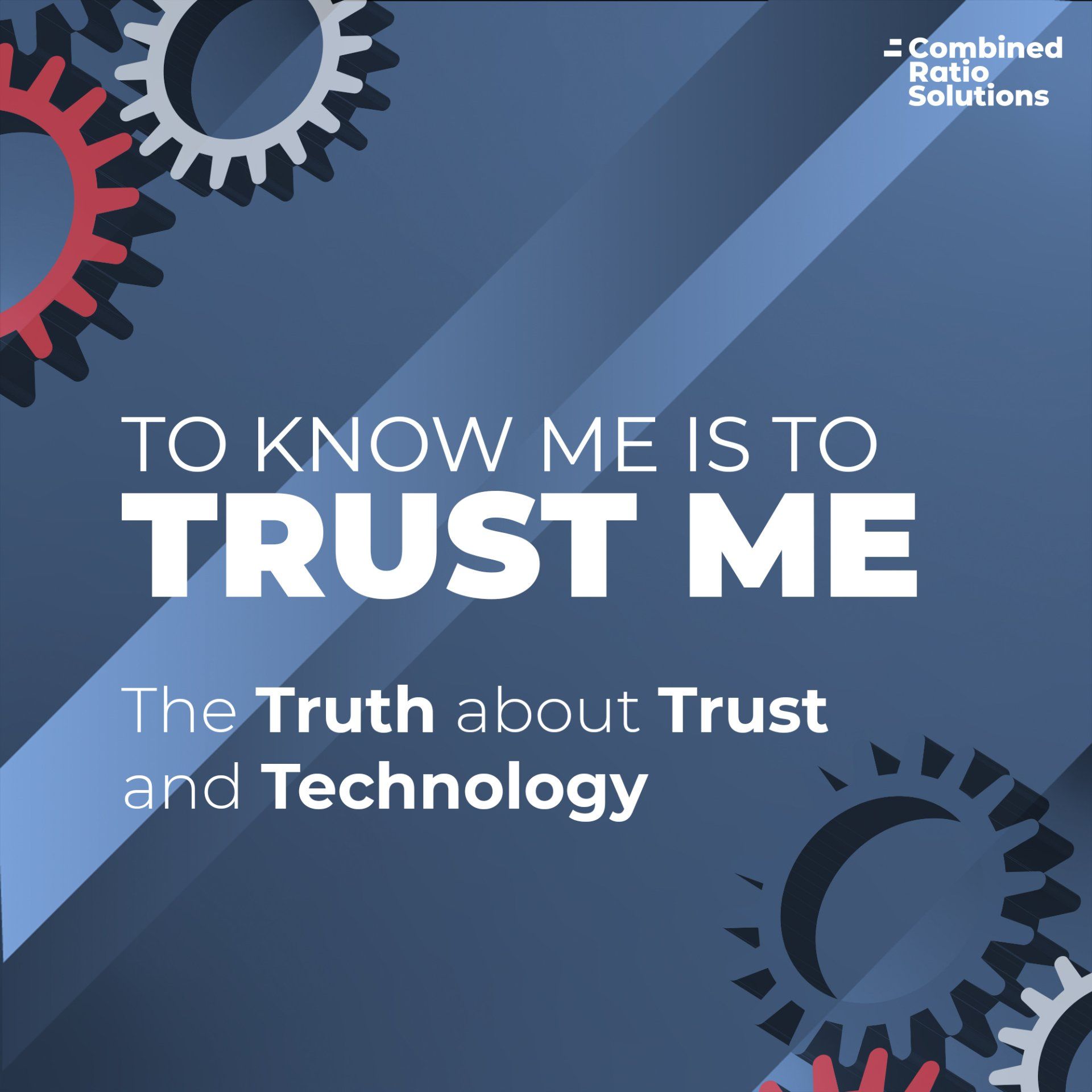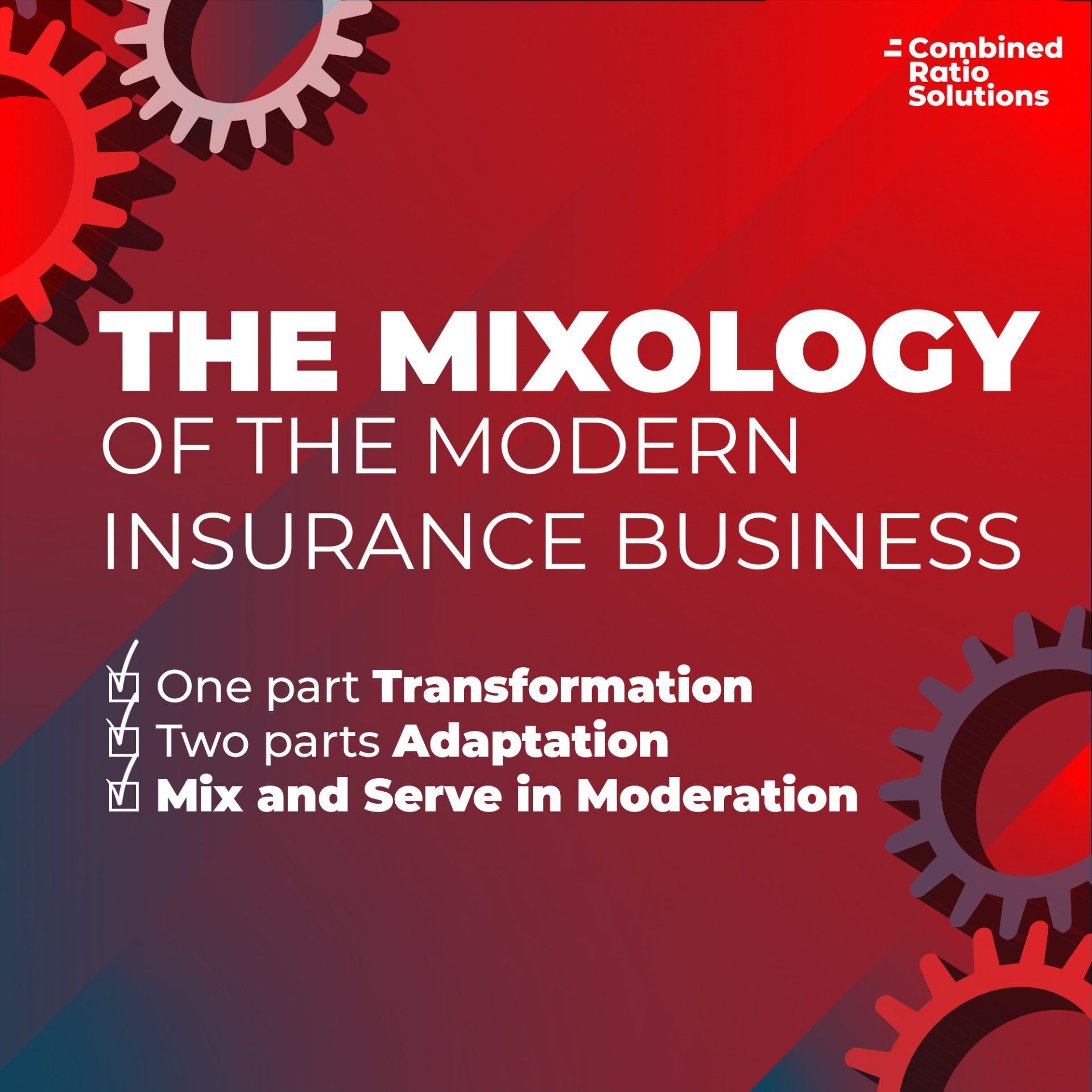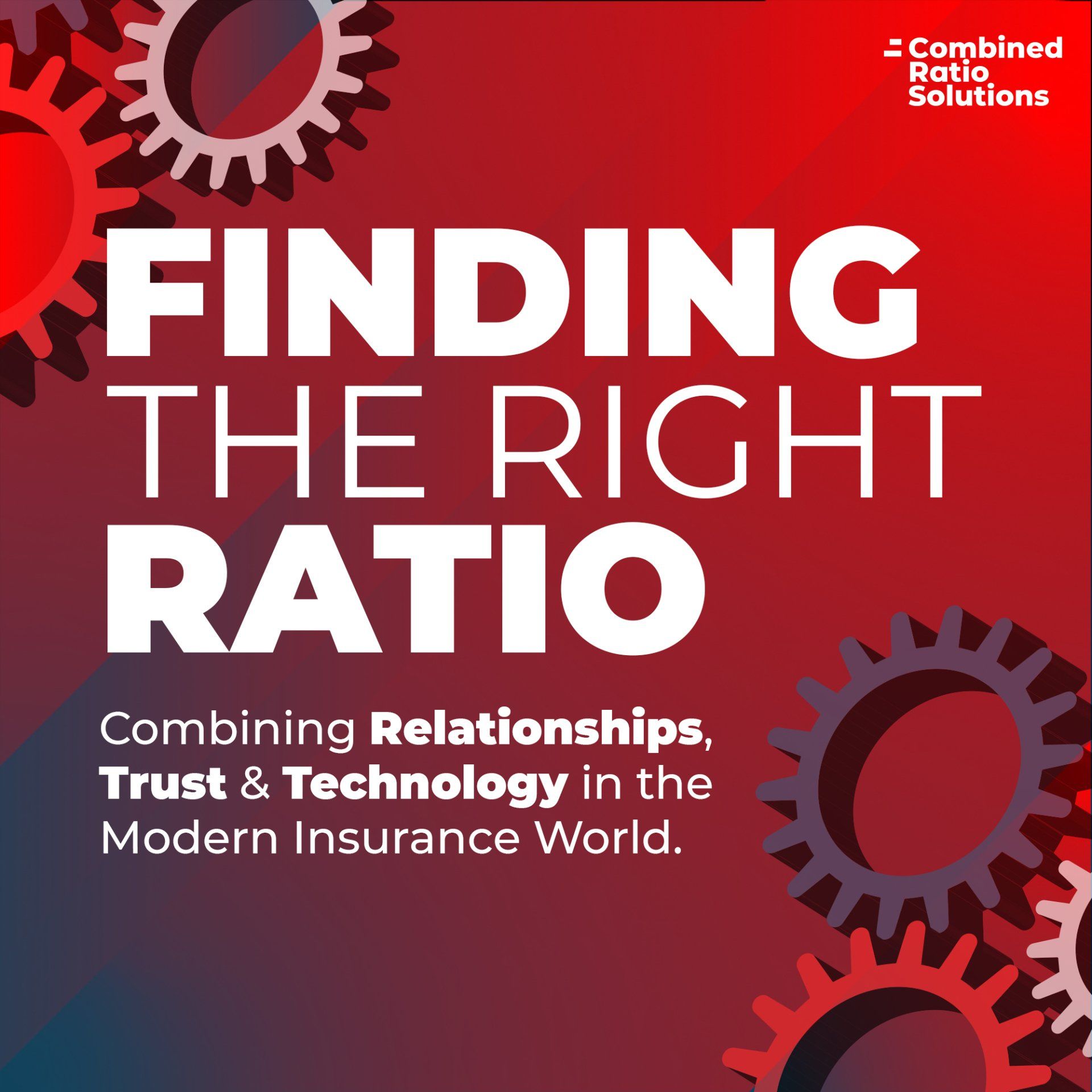Relationships and Revenue-Managing the Myths of Digital Transformation
By Combined Ratio Solutions June 11th, 2021
In our introductory blog we offered up the idea that finding the right “ratio” of people and technology will best help you drive new revenue with your agency producers. So, what’s the best way to think about this idea of “digital transformation?”
There’s nothing new about digital transformation. Technological change has always been with us although the speed of technology driven change does appear to have increased over the last twenty years or so. As Marc Andreesen, the inventor of the first generally recognized web browser, Netscape Navigator, said in 2011 “software is eating the world.” More recently all companies, no matter what their business, have been encouraged to think of themselves as “technology” companies.
Despite the proliferation of technology, it doesn’t change your mission. Most “missions” are generally some variation on a theme around serving your customers and agents with the best insurance experience available. Using technology is part of the “how.” But it’s not ALL of it. There’s still a role for people and relationships. This is where “digital transformation” can drive two extreme responses – tech obsession and tech denial.
At CRS we think there’s a better alternative. Interpreting technology within the perspective of your clients and stakeholders. Combining the human elements WITH technology to establish a ratio that drives success for them and for you!
The Real Deal – Myths and Realities in Digital
Back in August of 2019 (we know that’s pre-covid, but there was a time before that!) Nathan Furr and Andrew Shipilov wrote an article in the Harvard Business Review, entitled “Digital Doesn’t Have to Be Disruptive” where they reframe some of the main ideas around digital transformation. With the help of Chris Tatje, who took that article as his inspiration and wrote “Why Digital Transformation in Insurance Does Not Have To Be Disruptive” we’ll try to put this is in the context of finding the right balance in insurance sales and marketing with regard to how you find success in working with your agency producers.
According to Furr and Shipilov, the myths surrounding digital include the following types of thinking:
- Digital requires radical disruption of the value proposition. Reality: It usually means using digital tools to better serve the known customer need.
- Digital is about technology. Reality: It’s about the customer.
- Digital requires overhauling legacy systems. Reality: It’s more often about incremental bridging.
- Generally, you’re not trying to serve an entirely new customer, and you don’t need to “transform” the company into Apple or Google. The real challenge is finding the best combination of technologies and people that promote, trust, differentiation, and value. Technology alone cannot do this.
As Furr and Shipilov point out, there will be some disruption. This is the currency of change. You’ll need to adopt new methods (and technologies) to deliver better for existing clients and partners and defending against those potentially more agile startups. AND you can go in search of new clients. Offensive and defensive postures are both valid.
Digital transformation has been defined before as the merging of the physical and on-line worlds. It’s taking activities that required physical actions and synthesizing these into digital activities and behaviors. You might be changing some of the method and process but you’re still striving to provide your clients and agents with a singular experience.
Overhauling legacy systems conjures up images of you hauling truckloads of technology (tangible and intangible) to the dumpster and watching them burn. That’s both dramatic AND intimidating. This is what creates resistance to changes and why we prefer the status quo. A piece meal approach allowing you to prioritize along the way is more akin to adaptation. Compared to transformation this is less frightening and more achievable.
“The Combined Ratio” - What Does This Mean to Insurance?
OK, good question. Now we’ve established some of the broader digital transformation “myths” we can jump into more details on how that plays out in the insurance space, particularly how carriers enable their sales, marketing and lead underwriters in working with those agency producers. This has become more important because of the march of “digital transformation” and the effects of the covid-19 pandemic. Another catalyst here is the effect on these agency relationships as long time contributors on the carrier side age-out hitting the ranks of the “recently retired.” As they disappear into the sunset, they take their tribal knowledge of agency relationship know-how with them.
Those are all three challenges we need to overcome. Stay tuned for the next blog in the series as we explore how.
